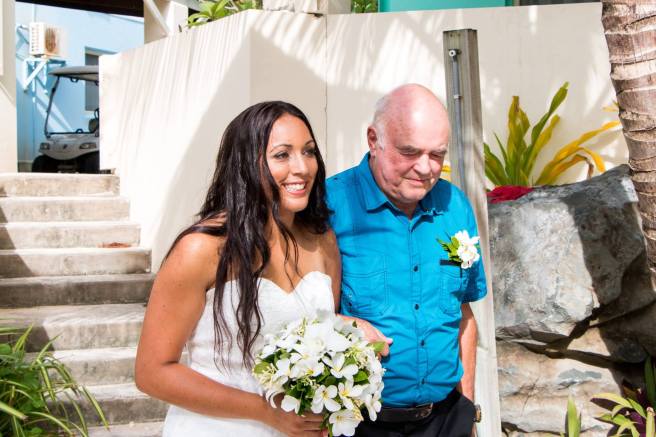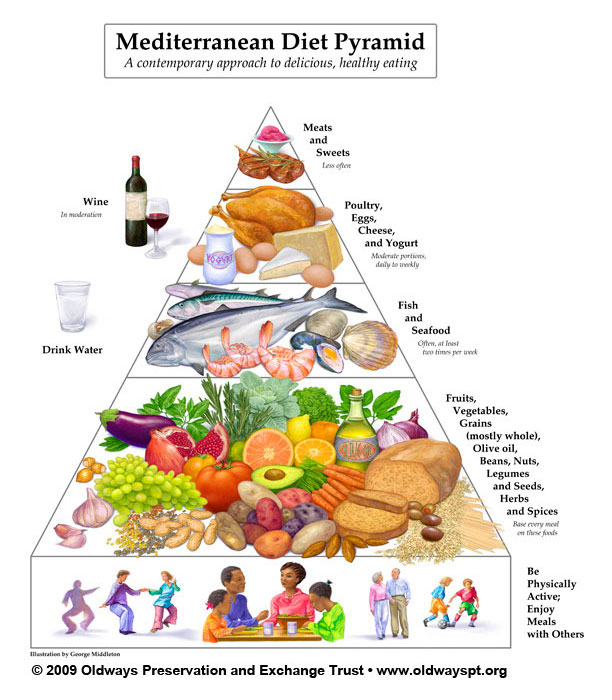Dear Dad,
I know you have had diabetes for 20 odd years now.
I know you wont read this letter but I will continue to write it to you anyway.

I know you grip tightly to the belief that type 2 diabetes is a chronic condition which requires a progressive requirement for multiple medications to prevent hyperglycemia over time.
I get that you, like many others, adopted the psychological mindset that fears fat and associates all fat with heart disease.
I know you saw a dietician back in the 90s who promoted the NZ ministry’s low fat diet as a healthy norm and told you to cook with canola oil and eat your 4-6 pieces of toast with margarine.
I have seen how scared you are to die in pain of heart failure. I wonder if you know that of those with diabetes, most die from a cardiovascular event. Diabetics also lose limbs, the organs such as kidneys shut down and the retina in the eye stops functioning, causing blindness. You lose control over going to the bathroom.
Do you know how many of my study papers feature “Diabetic in his 60s died of heart failure”. Dad, that’s you.
Yes, I have found your chocolate stash by the bed, the ice cream in the freezer, the cakes hiding in the cupboards. You eat toast with jam, plenty of fruit and adore mashed potatoes. You eat more sugar and carbohydrate than anyone else I know. I am not here to tell you to “just stop eating that”, if that was an effective way to get through to your mind then it would have worked 20 years ago. I need an outlet to explain what science is proving to be true because it is driving me insane keeping it locked up in my brain where you don’t want to hear it. Truth is Dad, the way to manage diabetes is through a low carbohydrate lifestyle. I don’t care if you need to package it up and get on the Paleo or The keto diet or Atkins trends, just give it a go for three months.
Alternatively, try the Mediterranean Diet for three months –

Summarised points of interest –
- There is potential to reverse dependency on medications by lifestyle changes
- Low carbohydrate diets are not a new thing, they have been used to treat diabetes since 1797. Insulin only came along in 1921. Low carbohydrate diet being used to treat diabetes only declined in popularity when it was thought that all fat caused heart problems.
- Carbs turn into cholesterol
- Diabetes New Zealand still isn’t up with the latest research. They recommend 3-4 serves of carbohydrate at each meal. Somehow I don’t think they are referring to non starchy vegetables such as broccoli when they make this suggestion. The evidence actually points the other way, in favour of low carbohydrate diets.
Specifically, they recommend 180g carbohydrate or more if the person is very active but research points to carbohydrate restriction of 20-50g as being effective. - Extra virgin, cold pressed olive oil IS BETTER than the refined with solvents plastic canola oil crap which you so dearly cling onto. Good quality olive oil helps prevent plaque from sticking to vessel walls and lowers cholesterol.
Here is an extract on some research I did on olive oil for a uni paper:
“Olive oils health benefits relates to the type of fat it provides. Healthy olive oil helps to reduce risks of developing degenerative health related conditions such as heart disease, colon cancer, diabetes, asthma and arthritis. Olive oil is a monounsaturated fat, with LDL cholesterol particles that are less likely to become oxidised than less healthy fats. Olive oil can help prevent the oxidation of cholesterol which researches believe prevents it from adhering to vessel walls which forms the plaque that can lead to heart attacks and stroke.
Replacing other fats with olive oil can help to lower cholesterol levels, lower levels of triglycerides and can help a person to get better control over sugar intake” - Because of the nature of type 2 diabetes, hypoglycemia from a low carbohydrate diet is rare. You will still be getting enough carbs from non starchy vegetables to keep blood sugar levels stable.
- Evening meals influence blood sugar levels on the following morning after breakfast. Yes, that means your bag of potato chips at 10pm affects your blood sugar scores the next day. Instead, try some good fat and protein. Chilled coconut cream and stevia, maybe?
High fat, low carb diets do require high quality non-starchy foods. I have made you a treatment plan for a better quality of life, and less dependence of increasing the doses of medications, as below:
This is info on what you restrict:
Portions to be restricted (across all food groups)
Low fiber, high processed foods restricted.
Carbohydrate restrictions as this has the most impact on blood sugar levels. Work out how many grams of carbohydrate are eaten. Aim for 50g. Also restrictions on serving sizes of carbohydrate.
Restrict foods with sugar, refined carbohydrates, high glycaemic load foods, high glycaemic index foods to prevent blood sugar levels rising.
Restrictions on foods which contain carbohydrates which include grains, pasta, and rice; breads, crackers, and cereals; starchy vegetables, including potatoes, corn, peas, and winter squash; legumes such as beans, peas, and lentils; fruit and fruit juices; milk and yogurt; and sweets and desserts.
Fast foods, refined foods, processed foods and junk foods need to be restricted
This is what I would recommend to you:
Eating a sensible low carbohydrate, low glycaemic index diet that is high in fiber, low in saturated fat, and low in concentrated sweets. A consistent diet eaten about the same time every day as this will help your doctor to prescribe the right medication for you.
Concentrate on non-starchy, low carbohydrate, vegetables for fiber such as kale, broccoli, spinach, salad greens and green beans.
Well balance the diet by adding proteins and good fats meals.
Eat moderate portion sizes
Exercise recommended
If open to further support: take oral magnesium, fresh tumeric and almond milk lattes and use stevia for sweetness
What a typical day might look like
With the objective to keep blood sugar levels stable, depending on the blood sugar results of the yourself and your exercise:
Breakfast – Tea, scrambled egg, avocado (one piece multigrain toast optional)
Lunch – Spinach/kale based salad with pumpkin seeds, tofu or meat, small portion of brown rice
Dinner – Baked Fish with green bean salad (red onion, lemon juice, olive oil, feta), quinoa
Dessert – Cup of herbal tea and avocado/feta salad if you need more food
Snacks – a handful of nuts, baby carrots/cucumber rounds with hummus
Note – BROWN rice.
Top tip: Keep a log book with medication and foods eaten, exercise, time of day, blood sugar levels to get a visual of improvements, and something to share with your doctor.
It can be difficult to change your psychology of diet and heart disease. But you are not getting any better. You are getting worse and worse, don’t think that you have to get worse just because of age and there is nothing you can do about that. You can control it by minimizing the rate of decline.
It is so hard to study this and obtain more and more info which you don’t want to hear. Ignorance is bliss until you are the dead guy in the medical text books I read about.
I am not worried that this will fall on deaf ears. I worry it will fall on blind eyes from diabetes related retina damage.
Yes, it’s a hard life having a daughter who loves you so much she shares information with you because wants you to live. Gosh!

